Major Initiatives
North Dakota is in a state of alarm when it comes to losing habitat. The loss and degradation of prairie ecosystems has been extensive throughout the state, with only 25% of this habitat remaining. The dramatic disappearance of native grasslands and wetlands has also corresponded to a significant decline in the diversity and number of grassland dependent species and pollinators. North Dakota also has fewer total woodland acres than any other state. While small in acreage, riparian areas are important for numerous wildlife species and vital to stream health. With over 90 percent of North Dakota’s lands privately owned, it goes without saying that habitat improvement and protection of our prairie landscapes requires cooperative work between a wide range of partners. Conservation partners are deepening their coordination and collaboration to sustain and increase our native resources. This work cannot be done without a partnership between private landowners and conservation entities.
Here are some initiatives that are happening in and around the state:
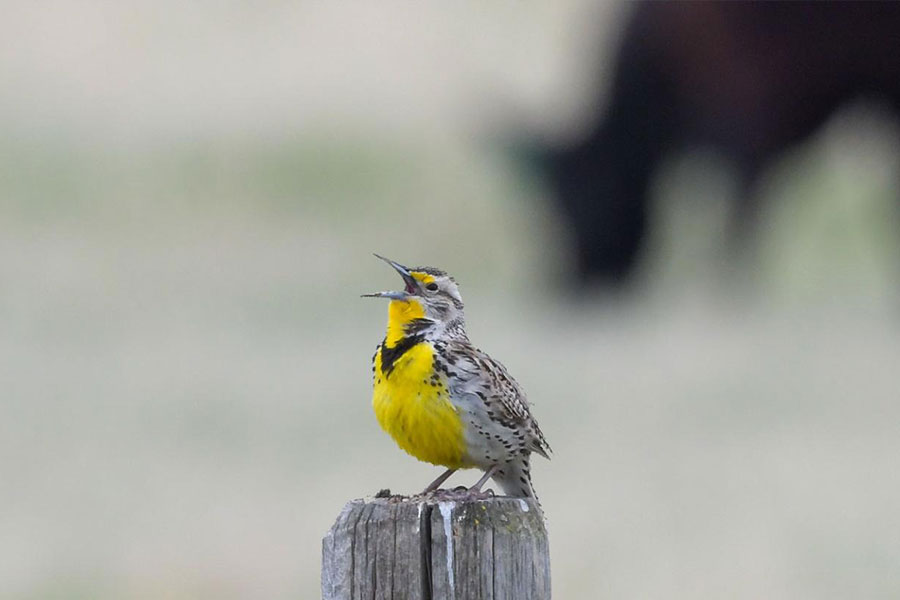
The Meadowlark Initiative
The Meadowlark Initiative was initiated by the North Dakota Game and Fish Department, tapping into the collective insights, resources and efforts of conservation, agriculture and industry partners to enhance, restore and sustain native grasslands in North Dakota. The initiative is intended to provide landowners a one-stop-shop for programs and practices available through various private, state and federal conservation partners to help establish and manage diverse native perennial grasses, install grazing infrastructure and develop working grasslands for sustainable livestock grazing.
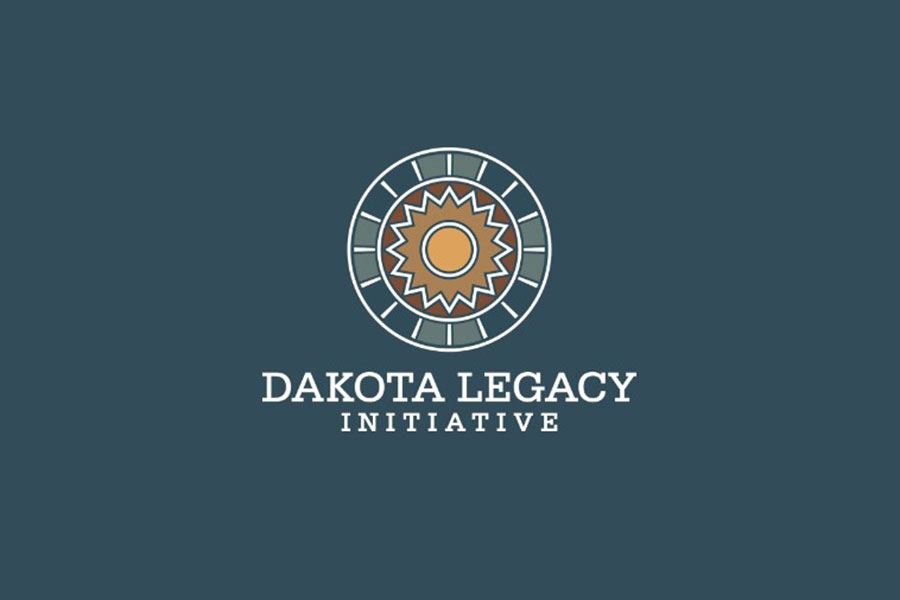
The Dakota Legacy Initiative
The mission statement of the Dakota Legacy Initiative is to facilitate partnerships between the conservation agencies to create a well-informed and empowered community that better serves producers. DLI has an easy-to-use program finder that helps take the guesswork out of what program may best serve your operation.
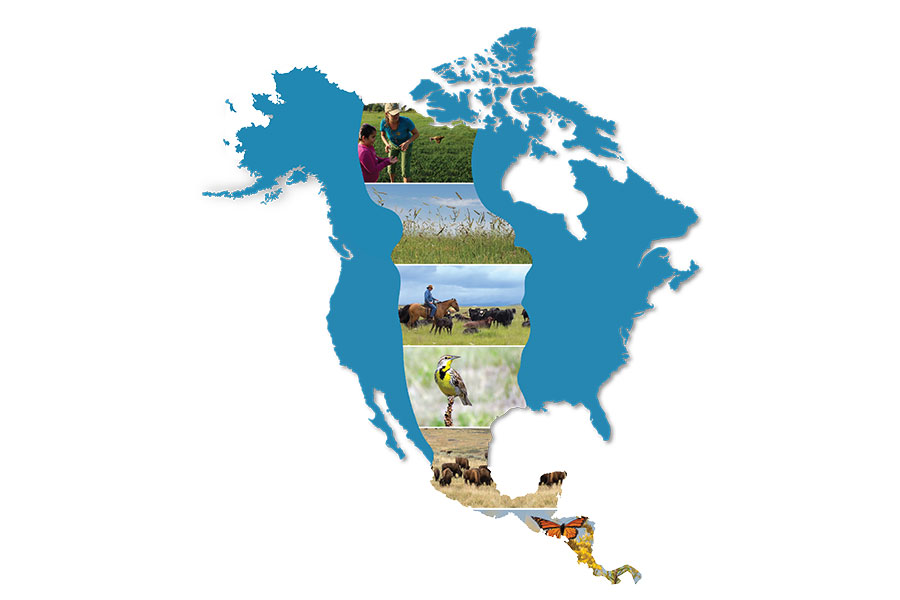
The Central Grasslands Roadmap
The Central Grasslands Roadmap is a collaborative guide to increase conservation of North America's Central Grasslands, which span 700 million acres across Indigenous Lands, Canada, the United States and Mexico. As one of North America's largest and most vital ecosystems, the Central Grasslands provide critical support for agriculture, food security, rural communities and the economy, through key environmental functions including water supply, soil health, climate resiliency, biodiversity, and carbon sequestration. The Grasslands need attention and resources.
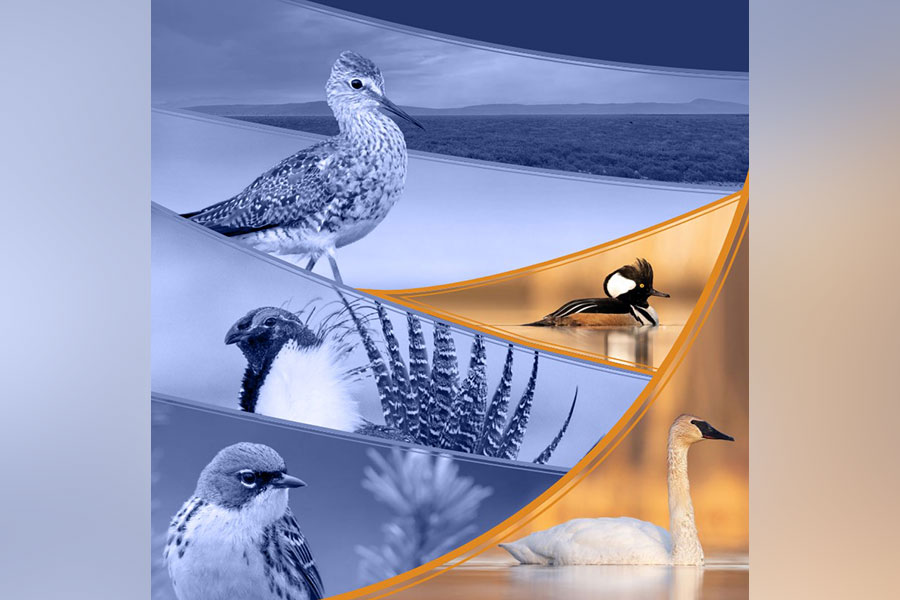
North American Bird Conservation Initiative
The North American Bird Conservation Initiative is a forum of government agencies, private organizations, and bird initiatives helping partners across the continent meet their common conservation objectives.
The NABCI State of the Birds 2022 report sounds an alarm about steep population losses in virtually all habitats. The report identifies 70 Tipping Point species that have lost half or more of their breeding population since 1970, and are on track to lose another half or more in the next 50 years.
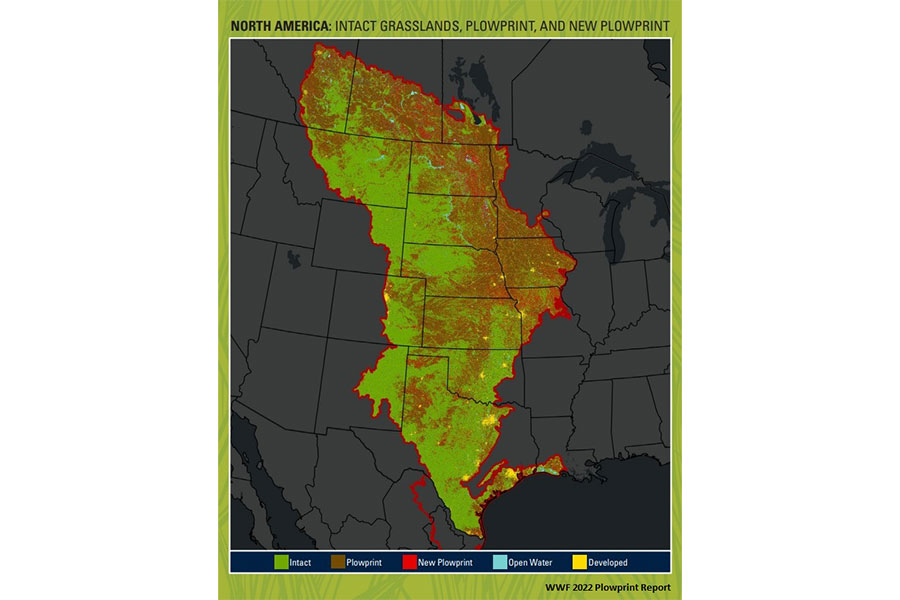
WWF’s Plowprint Report
The World Wildlife Fund’s Plowprint Report analyzes the rate of grasslands plow-up across the US, Canadian, and Mexican portions of the Great Plains. The 2022 edition analyzes and reports on plow-up and conversion that occurred during 2020. For the first time since WWF began publishing this report, wheat has surpassed corn as the leading crop driving annual grasslands loss across the entirety of the Great Plains, and not just within the Northern Great Plains.
